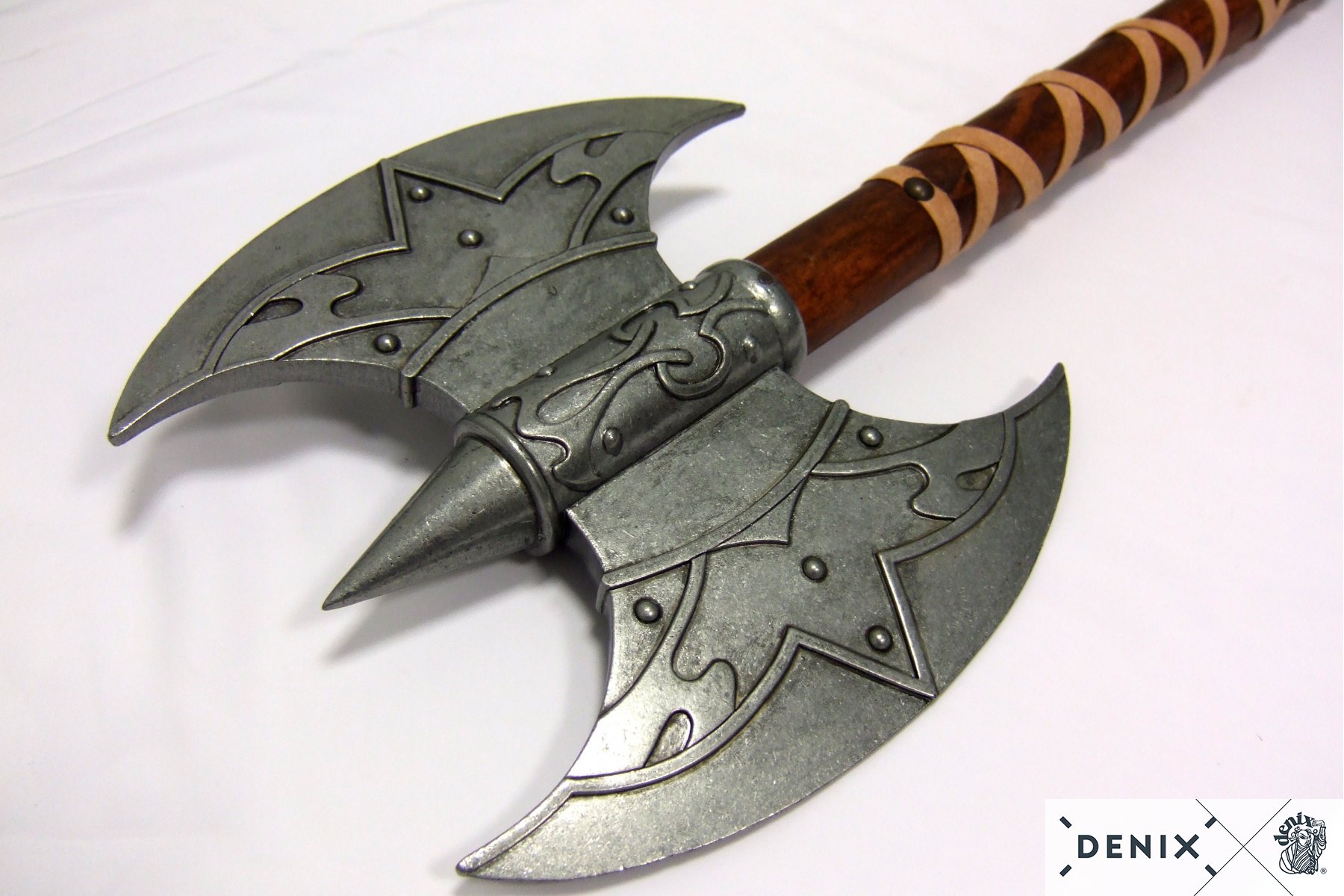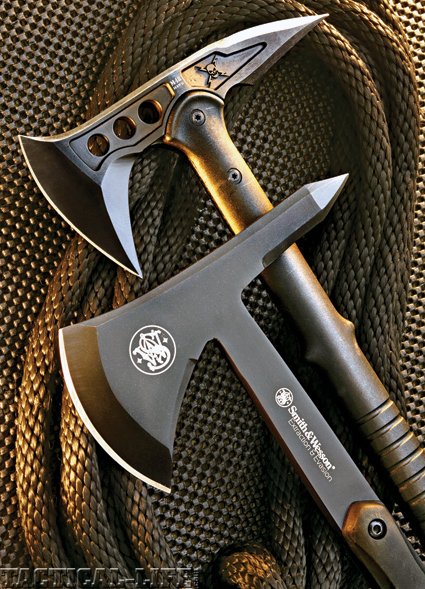
Soil marks reflecting the position of bodies in the graves show that they were placed on their side in contracted (hocker) position, generally on the east-west axis and facing south. The graves are normally single inhumations under small mounds. Settlement evidence is sparse, and the remains of buildings derive almost exclusively from the later phases of the culture. In Jutland (western Denmark), the SGC is primarily known from burials. Its arrival was accompanied by changes to the landscape as documented in pollen analysis. In Denmark, the initial SGC settlement area was the flat sandy soils of central and western Jutland where no skeletal remains are preserved, but thousands of small barrows testify to a massive presence of this culture. 4850–4600 years ago represents a cultural shift similar to the formation of the CWC in other parts of Europe, and for decades this has been a widely discussed phenomenon among archaeologists. The appearance of the Single Grave Culture (SGC) in Denmark, Northern Germany and Netherlands c. This migration process changed forever the cultural and genetic landscape of Europe.

Recent large-scale ancient population genetic studies have shown that the Corded Ware Culture (CWC) in Europe emerged as groups connected to the Yamnaya Culture who expanded westwards from the Pontic-Caspian steppe and admixed with European Neolithic populations during the 3rd millennium BCE. The funders had no role in study design, data collection and analysis, decision to publish, or preparation of the manuscript.Ĭompeting interests: The authors have declared that no competing interests exist.

Centre for GeoGenetics is funded by the Lundbeck Foundation. MEA is funded by the Independent Research Fund Denmark (Sapere Aude, grant 7027-00147B).
#Battle axe culture archive
This is an open access article distributed under the terms of the Creative Commons Attribution License, which permits unrestricted use, distribution, and reproduction in any medium, provided the original author and source are credited.ĭata Availability: Sequence data are available at the European Nucleotide Archive under accession number PRJEB40059.įunding: KK received funding by the Swedish Riksbanken (The Swedish Foundation for Humanities and Social Sciences: ) grant M16-0455:1 - Towards a New Prehistory. Received: AugAccepted: DecemPublished: January 14, 2021Ĭopyright: © 2021 Egfjord et al. Biehl, University at Buffalo - The State University of New York, UNITED STATES (2021) Genomic Steppe ancestry in skeletons from the Neolithic Single Grave Culture in Denmark. Rather, the emergence of SGC in Denmark was part of the Late Neolithic and Early Bronze Age population expansion that swept across the European continent in the 3rd millennium BCE, resulting in various degrees of genetic replacement and admixture processes with previous Neolithic populations.Ĭitation: Egfjord AF-H, Margaryan A, Fischer A, Sjögren K-G, Price TD, Johannsen NN, et al. Assuming that the Gjerrild skeletons are genetically representative of the population of the SGC in broader terms, the transition from the local Neolithic Funnel Beaker Culture (TRB) to SGC is not characterized by demographic continuity. steppe) ancestry component and a close genetic resemblance to the Corded Ware (and related) groups that were present in large parts of Northern and Central Europe at the time. Genome-wide analyses demonstrate that these people had a significant Yamnaya-derived (i.e. Our genetic data document a female (Gjerrild 1) and two males (Gjerrild 5 + 8), harbouring typical Neolithic K2a and HV0 mtDNA haplogroups, but also a rare basal variant of the R1b1 Y-chromosomal haplogroup. Despite poor DNA preservation, we managed to sequence the genome (>1X) of one individual and the partial genomes (0.007X and 0.02X) of another two individuals. We sampled and analysed five skeletons from the Gjerrild cist, buried over a period of c. For generations it has been debated among archaeologists if the appearance of this archaeological complex represents a continuation of the previous Neolithic communities, or was facilitated by incoming migrants.

The Gjerrild burial provides the largest and best-preserved assemblage of human skeletal material presently known from the Single Grave Culture (SGC) in Denmark.


 0 kommentar(er)
0 kommentar(er)
